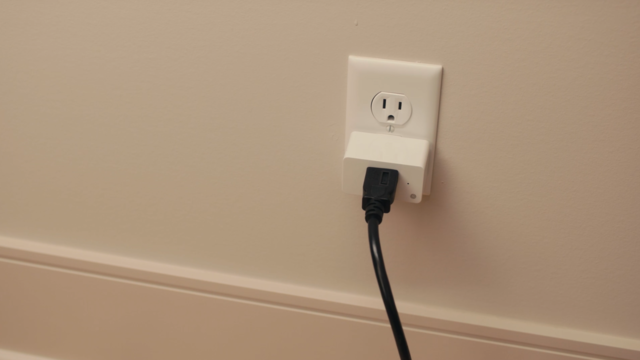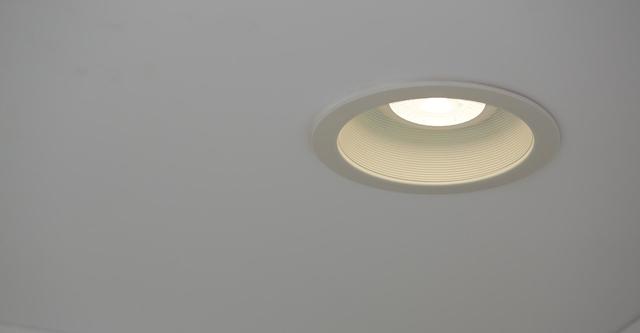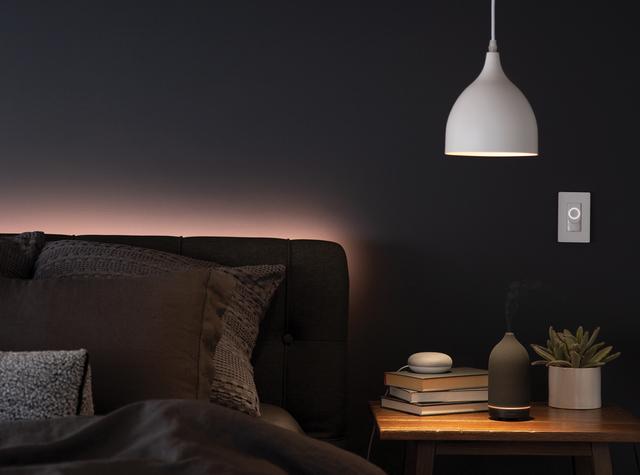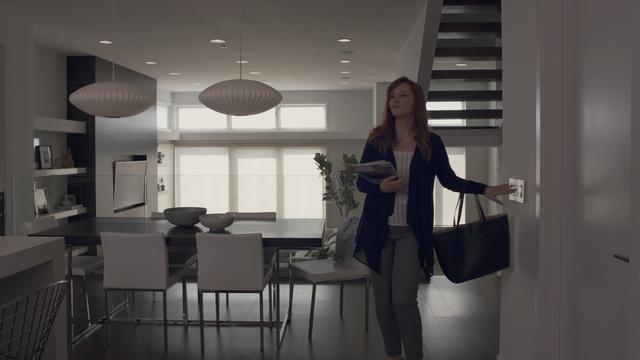Rope Lights vs. Strip Lights: What Is the Difference?
If you’re reading this, it’s probably safe to say that you’re pretty familiar with your basic lighting offerings. After all, there’s even a whole genre of jokes about installing light bulbs! But beyond the more obvious options, there are many cool innovations you might not know as much about. For example, the topic of today’s blog: rope lights and strip lights.
Not sure what makes them different, or more importantly, which one is the better fit for your space? Have no fear! We’ll lead you through the details, so you can make an informed choice in illumination.
What Are Rope Lights?
Rope lights consist of a series of small LED bulbs encased in a flexible, plastic tube. The bulbs on rope lights are typically larger and spaced farther apart, giving them a softer, more diffused glow. You can usually find these lights in a wide range of colors and lengths.
Rope lights are designed to be bent and twisted into many unique shapes, making them ideal for wrapping around trees or creating festive holiday decor. And because they are typically available in longer lengths, you can cover a lot of ground with a single strand.
What Are Strip Lights?
Strip lights are a flat, flexible circuit board with a row of closely spaced LEDs. They usually offer sharper, more focused beams of light. They’re great for high-energy spaces and can often be customized with bright colors.
For example, you can tune our Full Color Light Strips to millions of colors by using the CYNC Smart Home App, powered by Savant. And now, thanks to our Dynamic Effects line, you can even sync your lights to match your music, or create custom light shows to put on a serious display for every occasion. We’re pretty sure these LED strip lights are going to be your new favorite way to get the party (or movie night, or casual get-together) started.
What Are the Main Differences Between Rope Lights and Strip Lights?
Both rope lights and strip lights are rather long-lasting. Rope lights are typically the go-to choice for more rugged uses because they can be designed to withstand harsh outdoor conditions (like rain, snow, and extreme temperatures).
However, outdoor LED strip lights have changed the game. They can add a little extra something to your exterior, and they’ve been created with an awesome, weather-resistant feature so you can enjoy them all year round.
Probably the biggest difference between rope and strip lights is their flexibility. Rope lights are thicker because of the plastic tubing, but they can be coiled and formed into a wide range of shapes. Uses can include weaving the lights into headboards of beds or along stair banisters for a fun party vibe. Strip lights are better for areas that feature hard, flat surfaces.
You should also consider how often you like to change up specific areas. Rope lights are great for a more temporary look, because they can easily be unplugged and rearranged. Strip lights, on the other hand, are more permanently placed and can provide more “set it and forget it” convenience. (And if you’re wondering how to install LED strip lights, don’t worry! It’s really simple, especially if you use products with stick-and-place adhesive technology.)
Are Strip Lights Brighter Than Rope Lights?
Yes, strip lights tend to be brighter than rope lights. That’s because strips lights have LED bulbs that are placed closer together—resulting in a stronger, more focused glow. So they may be your preferred option if you’re going for fashionable yet functional light. (Trust us: they’re especially great for use in your kitchen. No more rifling around in the dark for a midnight snack.)
Which Are Better, Rope Lights or Strip Lights?
Rope and strip lights are two options that are great for different uses. Because they’re more flexible, rope lights are ideal for curved spaces or any area where you want to coil your lights more tightly. Their hazier glow can help set the vibe in a fun way that can feel both on-trend and nostalgic (all depending on your birth year).
Strip lights are great for areas with more defined edges and for outlining certain spaces. They can provide a fun accent to places you wouldn’t want to put more flexible rope lights. We recommend placing them behind TVs for additional mood lighting, or you can add them to the tops or bottoms of storage spaces to provide extra lighting and offset cool molding or other details.
You really can’t go wrong. It’s just a matter of finding the best fit for your needs! And if we can let you in on a little secret, the truth is that you don’t have to choose. There’s plenty of ways you can incorporate both lighting styles into your home and enjoy a custom, unique look.
Once you set up your space, be sure to post pictures to social media and tag us (@GELighting). We’re excited to see what you come up with!






